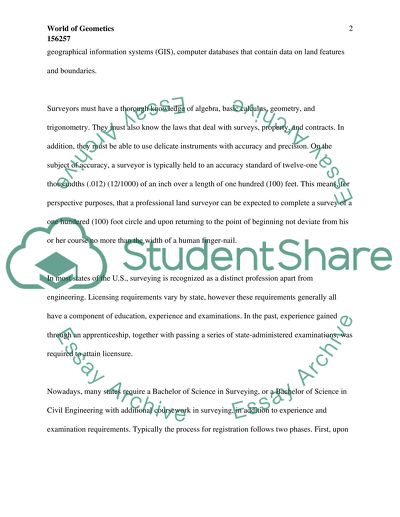Cite this document
(“The World of Geomatics Essay Example | Topics and Well Written Essays - 2500 words”, n.d.)
Retrieved from https://studentshare.org/science/1504138-the-world-of-geomatics
Retrieved from https://studentshare.org/science/1504138-the-world-of-geomatics
(The World of Geomatics Essay Example | Topics and Well Written Essays - 2500 Words)
https://studentshare.org/science/1504138-the-world-of-geomatics.
https://studentshare.org/science/1504138-the-world-of-geomatics.
“The World of Geomatics Essay Example | Topics and Well Written Essays - 2500 Words”, n.d. https://studentshare.org/science/1504138-the-world-of-geomatics.


